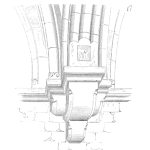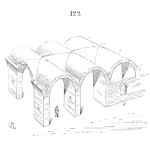
It is hard to imagine but only a few years ago not everything was on the internet. Google was established in 1998 and as search became prevalent, there was an explosion of online for anyone to access.
From 2008-2010, I went through exercise of collecting and analyzing incident data from 2000-2010 with help from Dr. Amy Liu. Mostly downstream – refineries and petrochemicals.
[Read more…]










 Ask a question or send along a comment.
Please login to view and use the contact form.
Ask a question or send along a comment.
Please login to view and use the contact form.